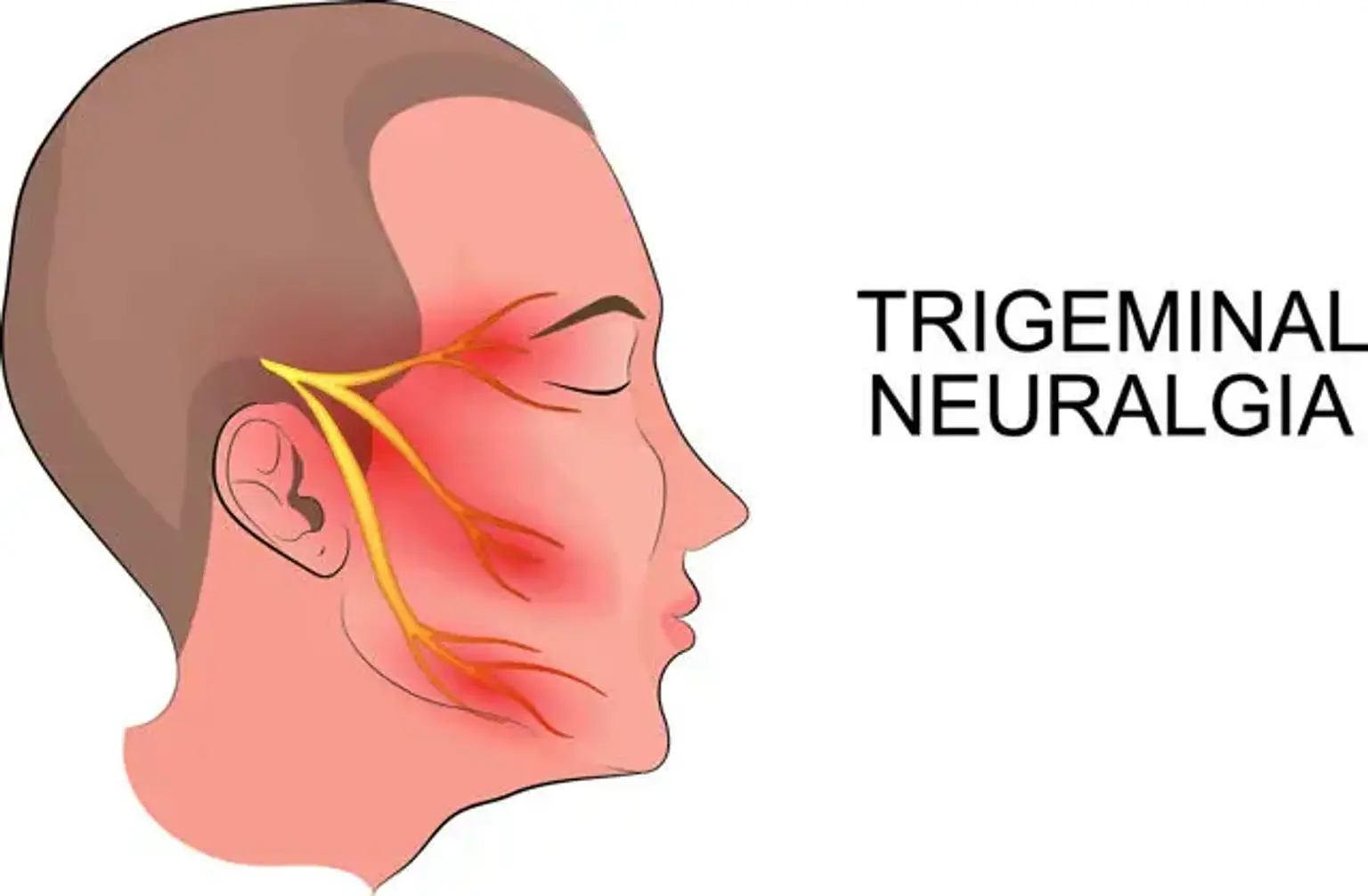Trigeminal neuralgia
Trigeminal neuralgia is a chronic and painful condition that involves the trigeminal nerve. It causes extreme facial pain, which can sometimes be so serious that it interferes with daily activities. Chewing, smiling, talking, shaving, brushing teeth, or mild pressure on the face can all cause short, painful episodes. The pain can be sporadic, strong, and sudden (off and on). It could potentially be more frequent yet less severe.
You may encounter short and mild bouts at first. However, trigeminal neuralgia can worsen over time, resulting in prolonged and more frequent episodes of excruciating pain. This condition is more common in women, unlike in men. Moreover, it mostly affects people over the age of 50.
